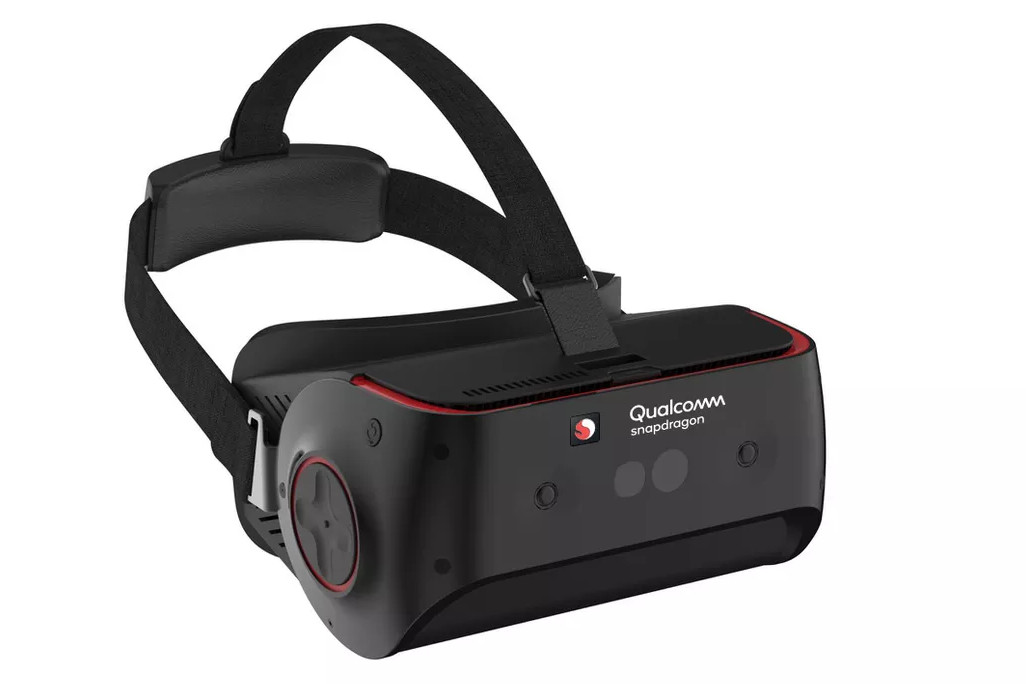
The Qualcomm Snapdragon 845 was unveiled in December as the company’s latest and greatest mobile chip, and it’s a pretty powerful one. But it’s not just for smartphones — turns out, the chip could also serve as a pretty decent option for mobile virtual reality headsets. In fact, Qualcomm recently unveiled the Snapdragon 845 Xtended Reality platform for developers who want to build stand-alone VR and augmented reality headsets.
The new platform could bring a number of pretty big improvements to mobile VR. For starters, because of the range of sensors onboard the platform, it enables 6DoF (six degrees of freedom). That means that not only can you move forward and backward, but also side to side, and up and down. That should make for a much more natural virtual experience.
The headset also allows for “simultaneous localization and mapping,” or SLAM. That basically involves the headset detected objects in the real world, then integrating them into the virtual environment. Under the hood, the headset allows for 4 million pixels per eye and according to Qualcomm, it will make for 30 percent fast CPU and GPU performance over the previous generation Snapdragon 835.
The platform also could make it much easier to control virtual reality in a natural way. The device has a digital signal processor for detecting analog signals — like hand movements. On the system, you will find two cameras that can track your hands, so you will be able to control whatever is happening in VR with only your hands — no controller needed. The headset also has eye-tracking — which could have big implications for mobile VR. What it means is that instead of processing entire scenes, the headset could only have to process what you’re looking at.
“We are very excited about VR and AR, and the maturity in the market,” Hugo Swart, head of XR at Qualcomm, said in an interview with VentureBeat. “The 845 chip for AR and VR is the next step. We are working with major partners, and we will have complete reference designs for standalone VR and smartphone VR.”
Because it’s a reference design, you won’t see this particular headset available for purchase. Instead, it’s built for companies like Oculus or HTC, which might want to build a headset with the Snapdragon 845 for itself.
We can expect mobile VR to only get better over the next few years. It’s likely that Qualcomm will continue to put a heavy emphasis on VR as it develops better chips in the future.



